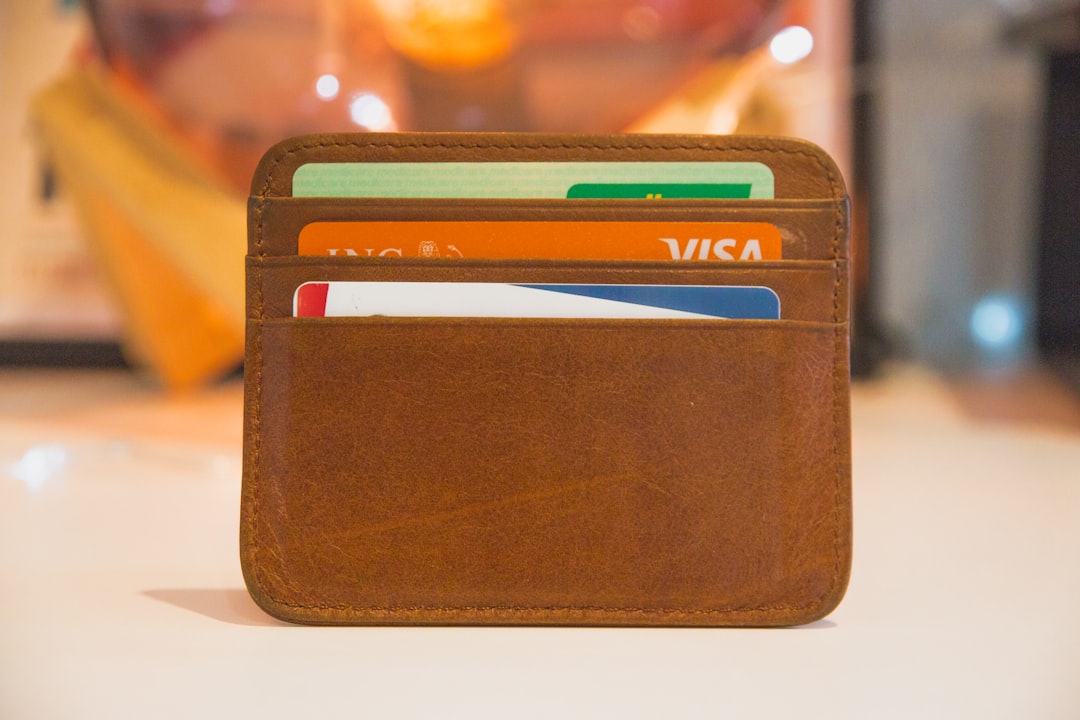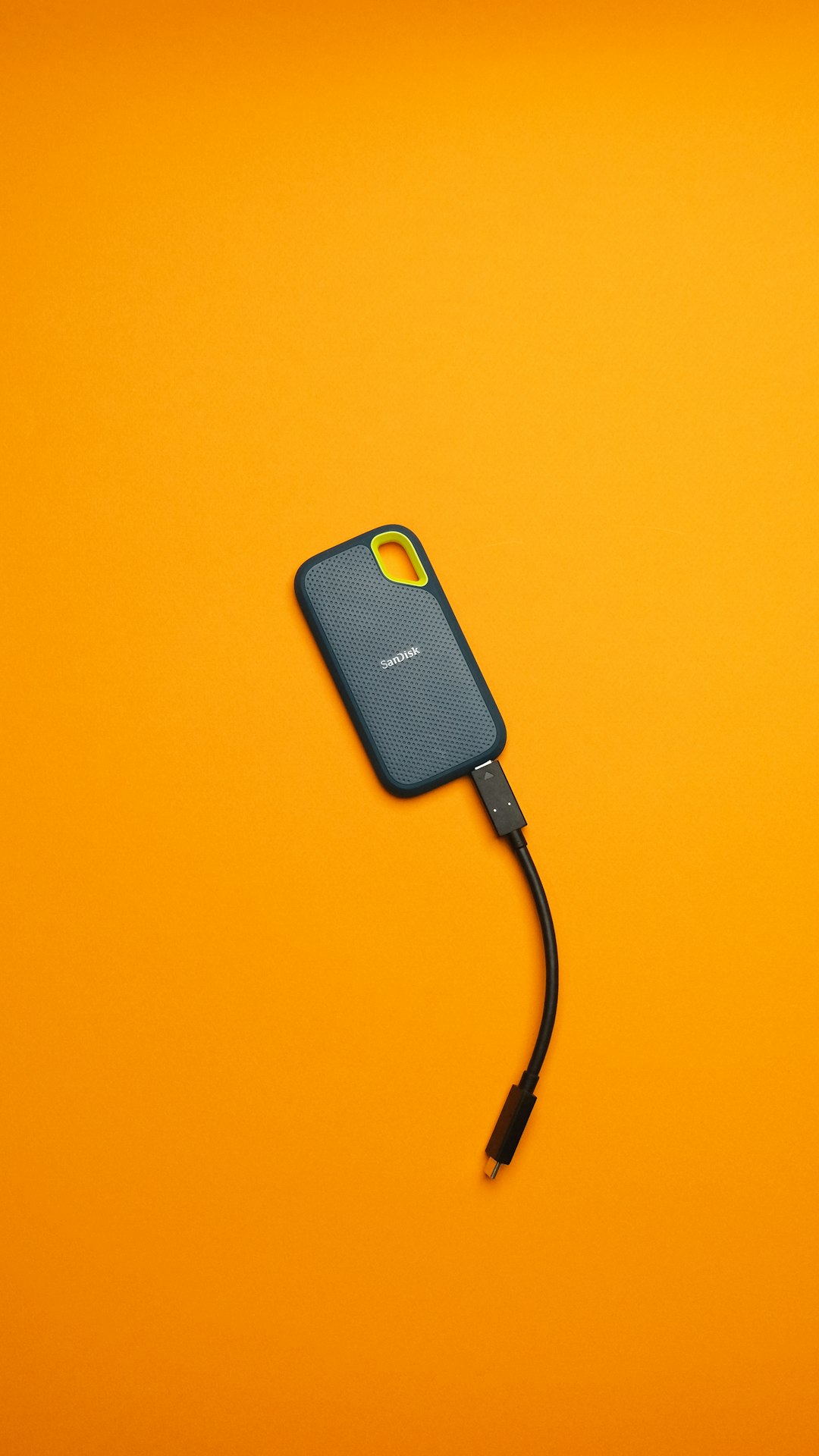With rapid advancements in storage technology, compact and powerful data storage solutions are more accessible than ever. One intriguing innovation is what many are calling a credit card–sized “drive”. Shaped like your standard credit card but packed with high-performance storage capabilities, this type of device is designed for portability, speed, and convenience. But what exactly is a credit card–sized drive, and how does it fit into the larger landscape of data storage?
TL;DR (Too Long, Didn’t Read)
Table of Contents
A credit card–sized drive is an ultra-compact solid-state drive (SSD) or storage device that is about the size of a standard credit card. These devices often use NVMe technology and USB-C or Thunderbolt interfaces for ultra-fast performance. They are ideal for professionals needing portable, reliable, and high-capacity storage. Despite their small size, they can offer terabytes of space, encryption, and rugged durability.
Understanding the Concept
The idea behind a credit card–sized drive is simple: Take the portability of a credit card and combine it with modern storage technology. These drives provide a sleeker and more efficient alternative to bulkier external hard drives or flash drives. Though small in size — typically 85.6mm x 53.98mm — they offer robust performance and storage capacity owing to advancements in NAND flash memory and SSD architecture.

Built primarily on solid-state technology, these drives often use Non-Volatile Memory Express (NVMe) over USB-C or Thunderbolt interfaces, delivering lightning-fast read/write speeds. This makes them especially attractive for professionals such as photographers, video editors, and IT specialists who require data mobility without compromising on performance.
Key Features of Credit Card–Sized Drives
Although tiny, these drives are packed with features that make them both powerful and reliable. Here are some of the standout features:
- Compact and Portable: Small enough to fit in your wallet or back pocket.
- High-Speed Performance: NVMe-powered speeds up to 2000 MB/s or higher.
- Durability: Often shock-resistant, water-resistant, and designed for rugged use.
- Security: Many models include AES 256-bit hardware encryption and password protection.
- Compatibility: USB-C and Thunderbolt interfaces provide versatility across multiple devices including laptops, tablets, and smartphones.
- Large Storage Capacities: Some models offer up to 4TB or more in storage.
Who Needs These Drives?
Due to their speed, security, and size, credit card–sized drives are especially appealing to certain users:
- Content Creators: Videographers and photographers who shoot high-resolution media need fast, portable storage to quickly offload and back up data in the field.
- Business Professionals: Executives or consultants who carry sensitive data across locations will appreciate the convenience coupled with encryption features.
- Students and Academics: Easily transport large research files, documents, and multimedia content in their backpack or even their wallet.
- Frequent Travelers: The drive’s portability and durability make it a reliable companion for individuals always on the go.
Technology Under the Hood
The compactness of these devices might suggest compromise, but in reality, they harness cutting-edge storage technologies to achieve performance comparable to full-sized SSDs.
1. NVMe Interface
Most modern credit card–sized drives utilize NVMe (Non-Volatile Memory Express) protocols, which operate over PCIe connections typically found in high-speed SSDs. This allows data rates far exceeding traditional SATA hard drives or even some older flash drives.
2. USB-C and Thunderbolt
High-speed data transfer necessitates robust connectivity. These drives generally feature USB 3.2 Gen 2×2, USB 4, or Thunderbolt 3/4 ports. These interfaces allow for maximum data throughput and broad compatibility with modern computing devices.
3. NAND Flash Memory
Unlike traditional hard drives, which rely on spinning magnetic disks, SSDs — and by extension, credit card–sized drives — utilize NAND flash memory. This technology ensures quick access, low power consumption, and enhanced resistance to physical shock.
Popular Models on the Market
Several leading brands have launched credit card–sized SSDs, each with unique features. Among the most notable:
- Samsung T7: A favorite among tech users, offering up to 2TB of storage, USB 3.2 Gen 2 support, and hardware encryption.
- SanDisk Extreme Portable SSD V2: Offers water and dust resistance, with capacities up to 4TB and excellent read/write speeds.
- Sabrent Rocket Nano: Compact and stylish, offering NVMe speeds and aluminum casing for durability.
- Crucial X8: Durable, compatible with a wide array of devices, and known for its dependable performance.
Benefits and Limitations
While impressive, these tiny drives are not without their pros and cons. Here’s a quick breakdown:
Benefits
- Incredible portability for professionals on the move.
- Fast read/write speeds ideal for large file transfers.
- Advanced security features such as hardware encryption.
- Compatible with multiple operating systems including Windows, macOS, and Android.
Limitations
- Typically more expensive per GB compared to larger traditional HDDs or even SATA SSDs.
- May heat up during long transfers due to tight thermal constraints.
- Limited upgradeability or repair options due to compact and sealed design.

Security Considerations
Data security remains a top concern for mobile storage solutions. Fortunately, many credit card–sized drives address this by including features like password protection, hardware encryption (such as AES 256-bit), and secure erase capabilities. For added protection, users should look for models supporting biometric authentication if available and ensure compatibility with secure backup software.
Use Cases and Practical Scenarios
Imagine you’re a professional photographer shooting raw, uncompressed files during an outdoor session. With limited space and power options, the last thing you need is to lug around a heavy hard drive. A credit card–sized drive allows you to back up your work quickly and securely on location.
In another scenario, a corporate consultant traveling across the country can carry sensitive company data easily in their wallet. And for video editors, large files can be edited directly off the drive with minimal lag, thanks to speedy NVMe performance.
Future Trends and Market Outlook
As technology continues to progress, experts predict even more innovation in the ultra-portable drive space. Integrations with cloud storage, wireless connectivity, and even biometrics are already in development. We are also likely to see stronger materials, higher capacities, and faster interfaces that continue to push the boundaries of what can be accomplished in a device the size of a credit card.
Given the surge in remote work, digital nomad lifestyles, and data-heavy applications like 4K video editing, the demand for reliable, portable storage will only grow. Manufacturers will likely respond with even more advanced iterations to meet market needs.
Conclusion
The credit card–sized drive is a testament to how far storage technology has come. Marrying utility and innovation, it represents a shift toward compact, fast, and highly secure data storage solutions. Perfect for professionals, creatives, and anyone in need of flexible storage, these drives prove that big things do indeed come in small packages.
As our digital lives continue to expand, carrying your entire data library in your pocket is no longer a dream — it’s today’s reality.

